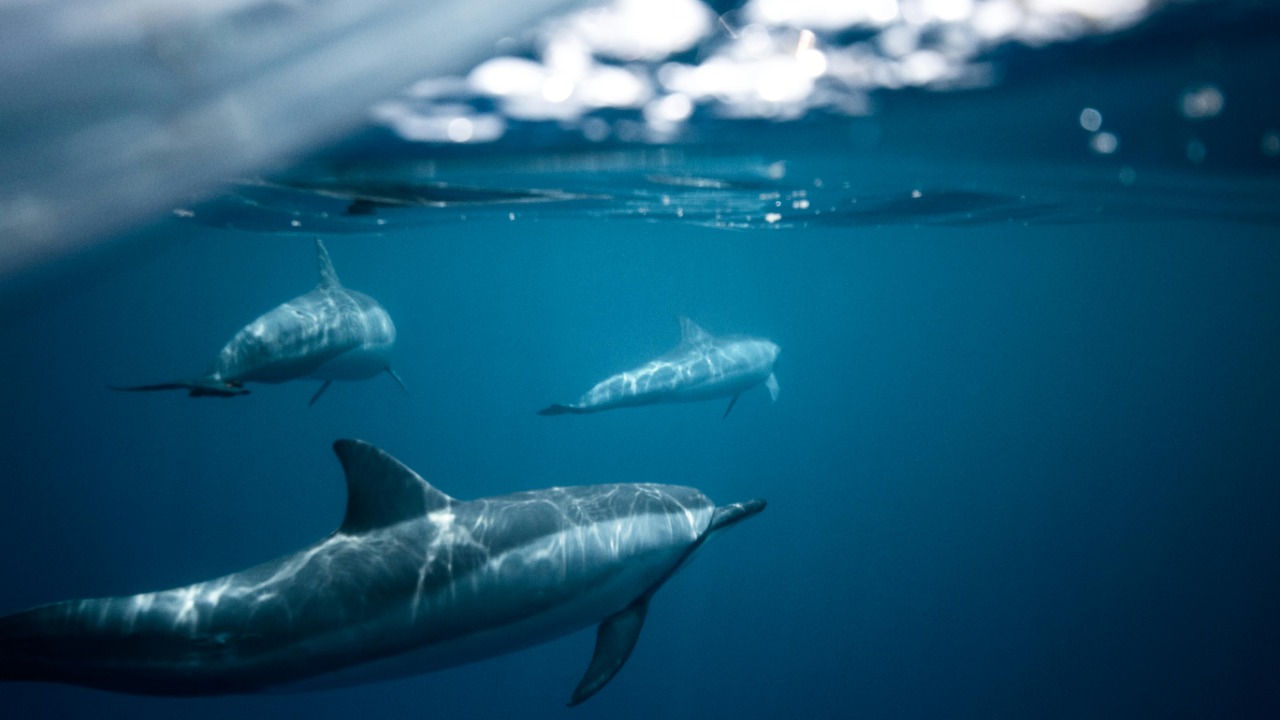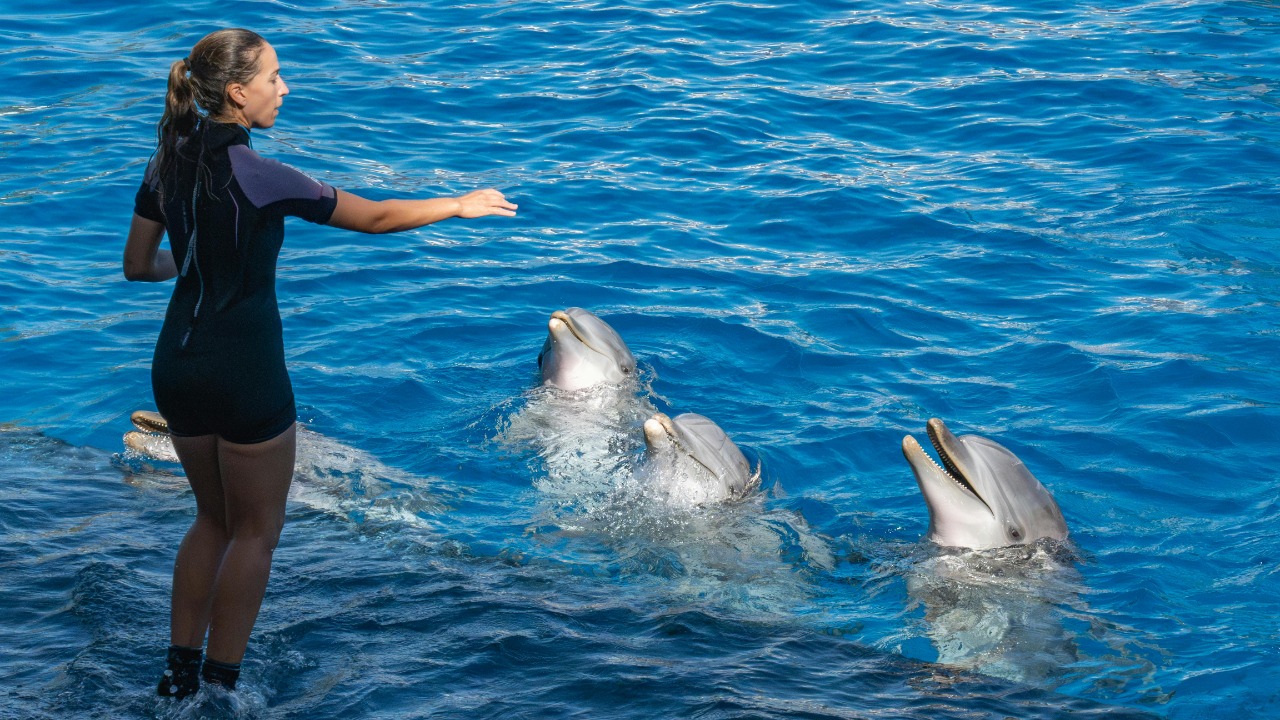
In the ever-evolving landscape of Artificial Intelligence (AI), a new project, Dolphingemma, is making significant strides in the realm of interspecies communication. This ground-breaking AI system is attempting to decode the complex language of dolphins, offering a promising leap in our understanding of these intelligent marine creatures.
Decoding Dolphin Language with AI

At the heart of this exciting venture is Dolphingemma, an innovative AI project spearheaded by Google. Using advanced machine learning techniques, Dolphingemma is designed to analyse and interpret the myriad sounds, clicks, and whistles that constitute dolphin communication. Aided by a vast dataset of dolphin sounds, the AI system is trained to recognize patterns and meanings in the cacophony of underwater noise.
Decoding dolphin language is no simple task. Dolphins use a combination of clicks, whistles, body movements, and even bubbles to communicate, making their language extremely complex and multi-dimensional. The development of an AI system capable of understanding this communication presents numerous challenges, including the need to accurately capture and interpret these diverse communication methods.
How Dolphingemma Works

Dolphingemma utilises machine learning to decipher dolphin communication. By feeding the AI system a large dataset of dolphin sounds, researchers enable it to learn and identify patterns in the sounds. This learning process is further enhanced by the use of specific technologies and algorithms, including deep learning and neural networks, which allow Dolphingemma to process and interpret the data more effectively.
After being trained on the dataset, Dolphingemma undergoes rigorous testing to ensure its accuracy. These tests involve comparing the AI system’s interpretations of dolphin sounds with those of experienced marine biologists. The development and testing stages of Dolphingemma are an iterative process, with each round of testing leading to improvements and refinements in the AI system’s understanding of dolphin communication.
The Significance of Dolphingemma

The potential of Dolphingemma extends far beyond simply understanding dolphin communication. As the first AI system capable of decoding an animal language, it represents a major leap in the field of interspecies communication. This could dramatically enhance our understanding of dolphins, providing insights into their social structures, behaviours, and intelligence. Moreover, it could pave the way for similar efforts to understand the communication of other species.
From a conservation perspective, Dolphingemma could have significant implications. By improving our understanding of dolphins, it could help inform conservation efforts and policies to protect these magnificent creatures. In terms of broader impact, Dolphingemma could also drive advancements in the field of AI and machine learning, particularly in the area of natural language processing and understanding.
Comparing Dolphingemma to Previous Attempts

Prior attempts to understand dolphin communication have largely relied on human interpretation and analysis, a process that is both time-consuming and prone to error. For instance, the SpeakDolphin project used spectrogram analysis to visually represent dolphin sounds, but the interpretation of these images was still left to human experts.
In contrast, Dolphingemma leverages the power of AI to automate and enhance this process. By training the AI system on a large dataset of dolphin sounds, Dolphingemma is able to learn and identify patterns in the sounds far more effectively than a human could. This not only increases the accuracy of the interpretations, but also significantly speeds up the process. Furthermore, as the AI system continues to learn and improve, it could potentially outperform human experts in understanding dolphin communication.
Challenges and Future Prospects

The development and implementation of Dolphingemma is not without challenges. One of the main difficulties is the need for a large and diverse dataset of dolphin sounds. Collecting this data is a time-consuming and resource-intensive task, requiring extensive fieldwork and cooperation from marine biologists and dolphin experts. Moreover, interpreting the data accurately requires a deep understanding of dolphin behaviour and communication, which is still a developing field of study.
Despite these challenges, the future prospects of Dolphingemma and AI in animal communication are exciting. With further development and refinement, Dolphingemma could become an invaluable tool for researchers and conservationists, providing a deeper understanding of dolphin societies and helping to inform conservation policies. Furthermore, the success of Dolphingemma could inspire similar AI projects aimed at understanding the communication of other animal species, opening up new avenues of research and discovery in the field of interspecies communication.